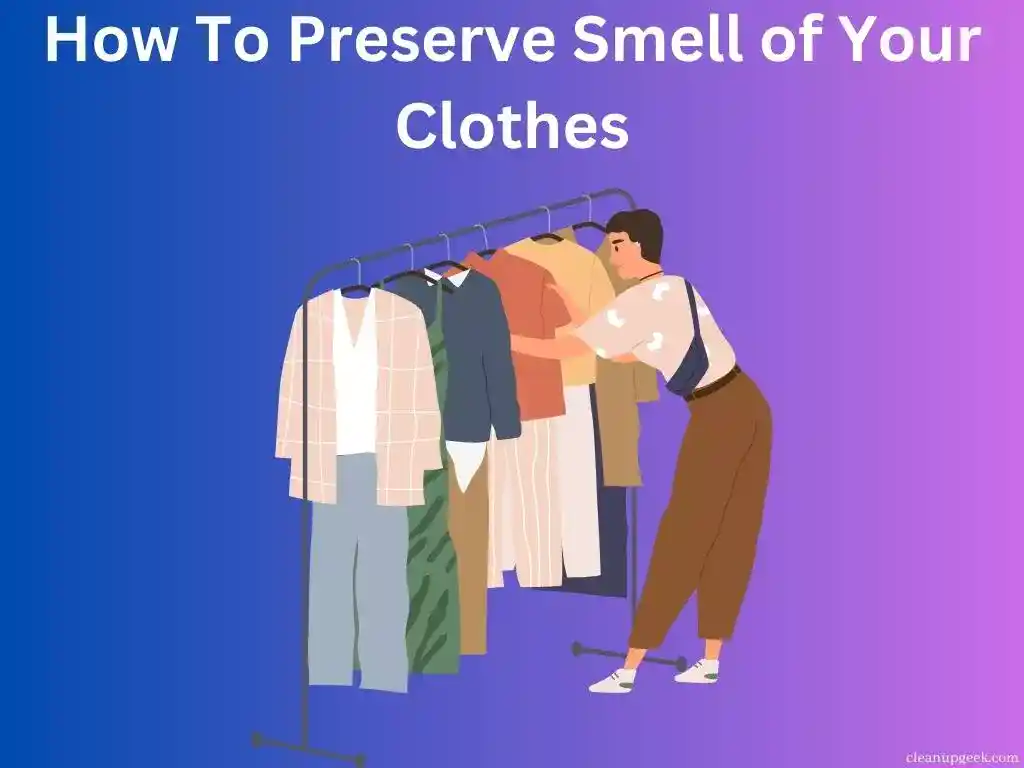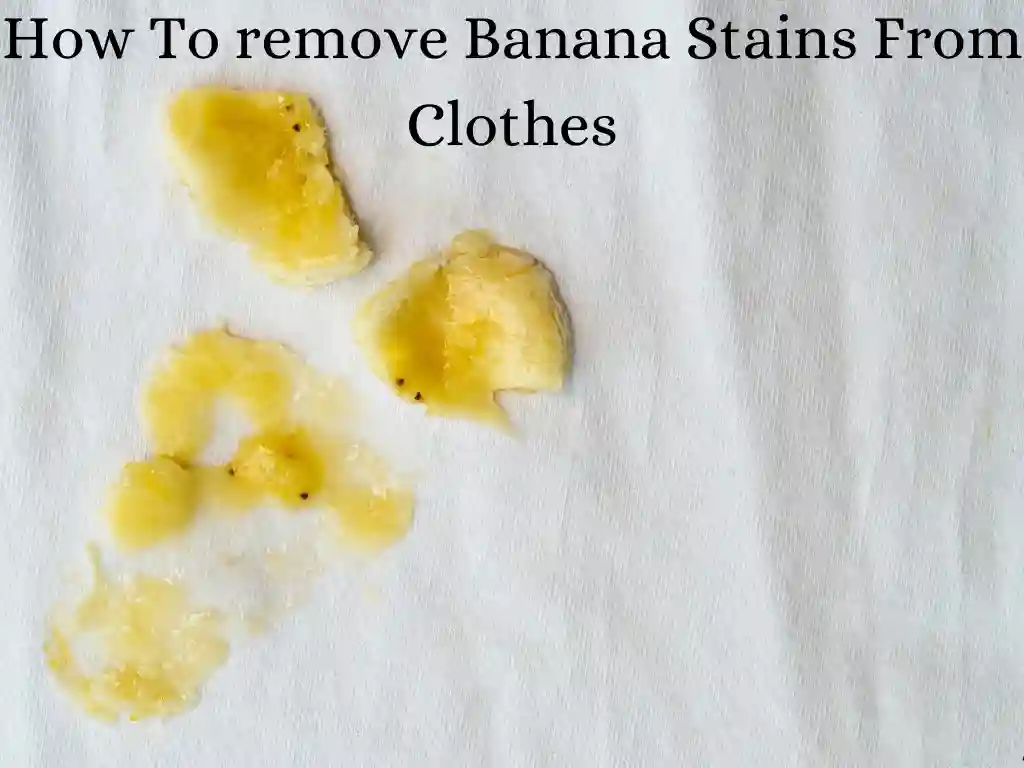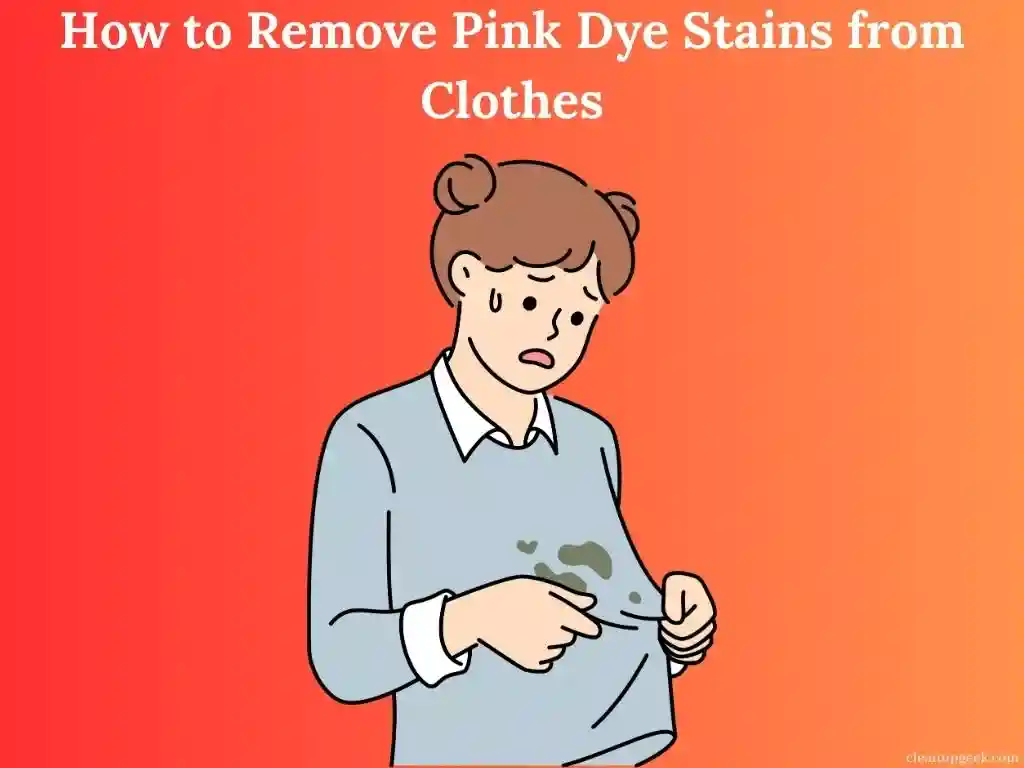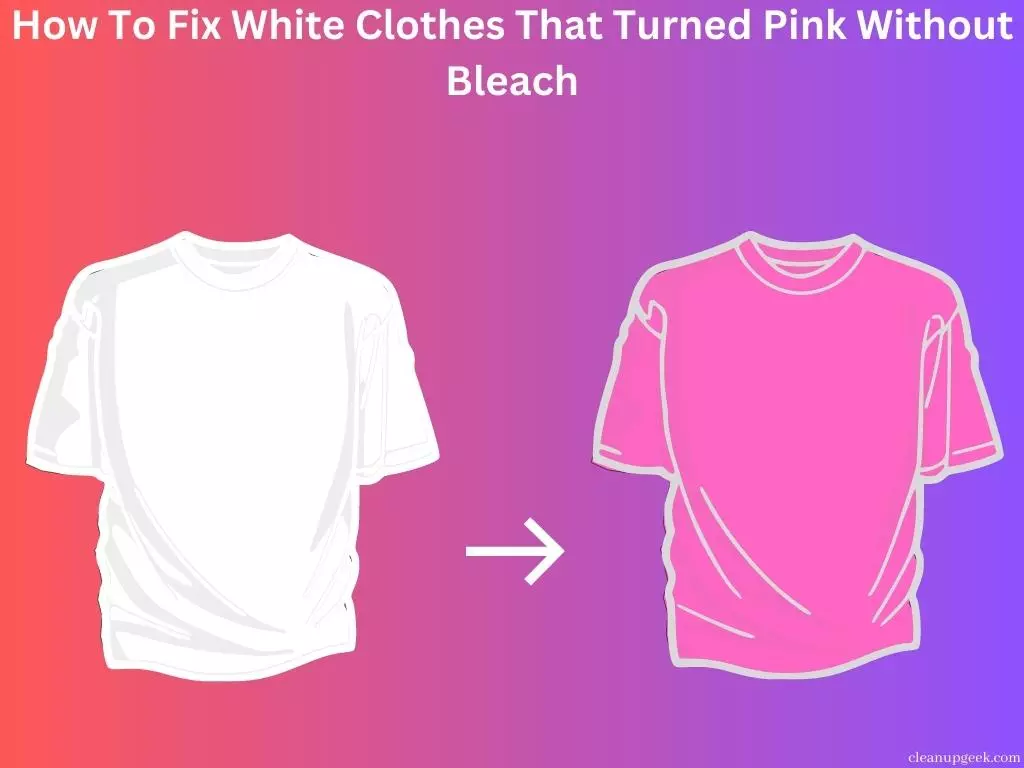You love your vintage clothes but worry they might not last. Vintage fashion demands extra attention, with proper care being the key to longevity. This article will unfold essential tips for preserving those precious threads, from cleaning to storage.
Stay tuned and give your beloved garments a future!
KEY INFORMATION
- Vintage clothes need special care, like using the right bags and hangers to keep them safe.
- Cleaning vintage garments the right way helps avoid damaging their unique fabrics.
- Use tools like beeswax for zippers and vinegar for stains to take good care of old clothes.
- A tailor can fix or change vintage outfits without hurting them.
- Keep bugs away from your vintage clothes with things like cedar blocks and lavender pouches.
The Importance of Proper Care for Vintage Garments

Old clothes can last a really long time if you take care of them the right way. Think of vintage garments as treasures that need special attention to stay beautiful. These pieces often have unique fabrics and sewing that modern clothes don’t have.
To keep their colors bright and their fabric strong, it’s important to avoid bad stuff like too much light, heat, and damp places. Clean them gently before putting them away to make sure bugs and dust don’t hurt them.
Taking good care of your old clothes means they won’t wear out fast. Use soft bags and hangers that don’t hurt the fabric or change the shape of your clothing. Make sure outfits are fresh and clean before you store them so pests keep away.
This helps your lovely vintage wardrobe stay just as pretty as when you first found it!
Essential Items for Caring for Vintage and Delicate Clothing
To properly care for vintage and delicate clothing, it is essential to have the right tools on hand. Garment bags, hangers, acid-free tissue paper, wash and stain bars, a steamer, beeswax bars, purse pillows, distilled white vinegar, underarm dress shields, red cedar blocks, shoe trees, and lavender sachets are all necessary items for preserving vintage garments.
1. Garment bags
Protect your vintage garments with muslin or polypropylene garment bags. These protective bags shield delicate fabrics from dust, pests, and light. They are washable, ensuring that your garments stay clean and fresh for years to come.
Using these breathable garment bags can help preserve the quality of your vintage clothing so you can enjoy it longer.
Ensure that your vintage clothing stays in good condition by using muslin or polypropylene garment bags. These protective and washable bags safeguard delicate fabrics from dust, pests, and light while allowing the fabric to breathe – preserving the quality of your vintage clothing for years to come.
2. Hangers
Use padded hangers to protect the shoulders of delicate vintage dresses and blouses, preventing them from getting stretched out or misshapen. Mylar-covered hangers can help prevent rust and stains on your vintage garments, keeping them clean and in good condition.
These hangers are also sturdy enough to support heavier items without causing damage. Investing in these specialized hangers will help preserve the shape and quality of your beloved vintage pieces for years to come.
3. Acid-free tissue paper
When storing your vintage garments, it’s important to use acid-free tissue paper. This special paper helps in preventing yellowing, discoloration, and deterioration of delicate fabrics.
By layering this tissue paper between folds of clothing, you can help maintain the quality and integrity of your treasured vintage pieces for years to come.
The use of acid-free tissue paper has been proven effective in preserving antique garments and textiles by protecting them from environmental factors such as light, moisture, and air pollutants.
4. Wash and stain bars
Wash and stain bars are great for treating small stains on vintage garments without the need for a full wash. These bars are gentle and can effectively remove dirt, oil, and makeup from delicate fabrics like silk or wool.
Simply wet the bar with water, rub it onto the stained area, then gently rinse off to keep your vintage clothing looking fresh. Additionally, using a wash and stain bar helps preserve the fabric of your vintage clothes by targeting specific areas without subjecting the entire garment to harsh chemicals or excessive washing.
Vintage clothing care tips emphasize using wash and stain bars as they help in spot-cleaning stubborn marks before storing garments. This method is especially useful for handling small stains on valuable pieces without causing damage during cleaning while safeguarding their longevity.
5. A steamer
A steamer is a helpful tool for removing wrinkles from delicate vintage garments without causing damage. It’s gentle and effective, especially for fabrics like silk and wool. Using a steamer can help prolong the lifespan of your vintage clothing by avoiding the harsh heat of an iron, which can weaken fibers over time.
Additionally, steaming can also help eliminate odors from vintage garments without the need for washing, preserving their delicate fabrics and colors. Overall, incorporating a steamer into your garment care routine will ensure that your vintage pieces remain in excellent condition for years to come.
6. Beeswax bars
Beeswax bars are useful for maintaining vintage garments. They can be rubbed on zippers to keep them running smoothly, and also on wooden hangers to prevent clothes from sticking. Beeswax bars act as a natural lubricant, keeping the fabric in good condition without leaving any residue or odor.
By using beeswax bars, you can ensure that your vintage clothing remains well-preserved and continues to look its best over time.
7. Purse pillows
For preserving vintage garments, consider using purse pillows to maintain their shape. Place them inside purses or bags made of delicate materials to prevent them from losing their form over time.
Avoid using newspaper, as the ink can transfer and stain the fabric. Purse pillows also help absorb moisture and odors, keeping your vintage handbags fresh and well-preserved.
Purse pillows are essential for maintaining the structure of vintage handbags by preventing creases and maintaining their original shape. They also provide support to delicate fabrics, ensuring that they don’t lose their form over time.
8. Distilled white vinegar
Use distilled white vinegar for preserving vintage garments. It helps to remove stubborn stains and odors, acting as a natural deodorizer. Mix it with water in a 1:1 ratio and gently dab the solution on stained areas before washing.
This simple yet effective method can help maintain the integrity of delicate fabrics without using harsh chemicals or damaging the garment’s fibers.
In addition, distilled white vinegar is an excellent way to freshen up vintage clothing between wears. Dilute it with water in a spray bottle and lightly mist over the fabric, allowing it to air dry.
9. Underarm dress shields
Underarm dress shields are useful for protecting vintage garments from sweat stains and odor. They are small, absorbent pads that can be sewn into the underarm area of clothing to prevent perspiration from reaching the fabric.
By using underarm dress shields, you can prolong the lifespan of your vintage clothing and keep them fresh for longer periods. Additionally, they can help reduce the frequency of washing delicate garments, thus minimizing wear and tear over time.
These simple accessories are cost-effective and easy to use, making them a valuable tool in preserving your precious vintage pieces.
Underarm dress shields play a vital role in maintaining the quality of vintage garments by preventing sweat stains and unpleasant odors. Using these absorbent pads can help extend the life of delicate clothing items by reducing the need for frequent washing.
10. Red cedar blocks
Red cedar blocks are a natural way to keep pests away from your vintage garments. The pleasant aroma of red cedar repels moths, keeping your clothes safe from damage without the need for harsh chemicals.
Simply place a few red cedar blocks in your closet or wardrobe to protect your delicate fabrics and ensure they stay fresh and clean.
Cedar blocks also help absorb excess moisture, which prevents mildew and musty odors on your vintage clothing. This natural solution is an effective way to maintain the quality of your cherished garments while avoiding harmful substances.
11. Shoe trees
Use shoe trees to maintain the shape of your vintage shoes. They prevent creasing and help absorb moisture. Cedar shoe trees also repel moths, keeping your shoes fresh and in good condition.
Storing shoes with shoe trees helps them last longer.
Cedar shoe trees are a good investment for maintaining leather vintage footwear. They help reduce odor and keep the natural shape of the shoes intact. Using them regularly can extend the life of your favorite vintage pairs, preserving their quality for years to come.
12. Lavender sachets
Lavender sachets are excellent for keeping vintage garments fresh and free from musty smells. They repel moths, keeping your delicate fabrics safe without the need for harsh chemicals.
Placing them in garment bags or storage containers will also help to maintain a pleasant fragrance while preventing pests from damaging your precious vintage pieces. The soothing aroma of lavender not only adds a hint of natural fragrance but also has insect-repelling properties, making it an ideal choice for preserving vintage clothing.
The gentle scent of lavender sachets can also help relax fibers and reduce wrinkles in stored garments, adding a touch of freshness and helping to maintain the quality of delicate textiles.
Proper Care and Maintenance Techniques

Learn about preventative maintenance, how to rid garments of unpleasant odors, tips for storage and winter clothing, caring for knitwear, and knowing when to use a tailor. Discover the essential techniques to properly care for your vintage garments.
Read on to ensure your beloved pieces stay in pristine condition for years to come!
Preventative maintenance
To ensure vintage garments last, preventative maintenance is crucial. Using muslin or polypropylene garment bags and acid-free tissue paper can protect delicate fabrics from dust and pests.
Proper storage in a clean, breathable environment with padded hangers can help maintain the shape of vintage clothing. Remember to inspect and clean garments before storing them to prevent damage caused by dust, while also avoiding damp or hot environments as they can cause harm.
Additionally, keeping vintage clothing away from sunlight will prevent fading and maintain fabric integrity for years to come.
How to rid garments of unpleasant odors
To get rid of unpleasant odors from vintage garments, start by checking the care label. Gently hand wash or use a gentle cycle with cold water and a mild detergent suitable for delicate fabrics.
Add distilled white vinegar to the rinse cycle to help eliminate lingering smells. For stubborn odors, place the garment in a ventilated area to air out or use a fabric refresher spray containing natural deodorizers like lavender or eucalyptus oil.
Avoid using harsh chemicals or strong fragrances that may damage delicate fabrics, and always test any cleaning method on a small inconspicuous area first before applying it to the entire garment.
Tips for storage and winter clothing
When storing your vintage clothing for winter, use muslin or polypropylene garment bags to protect them from dust and pests. Ensure that the storage area is cool, dry, and away from direct sunlight to prevent fabric damage.
Use padded hangers to maintain the shape of delicate garments like knitwear and cashmere, while avoiding using mothballs as they can be harsh on fabrics. Additionally, before putting away your vintage clothing for the season, make sure they are clean and free from any dust or pests.
Once you have properly stored your vintage garments for winter, remember that damp or hot environments should be avoided as moisture and heat can cause damage. Be mindful of choosing an appropriate place with good air circulation when storing your vintage clothes to minimize the risk of attracting fabric-eating pests.
Caring for knitwear
To care for knitwear, it’s crucial to hand wash with gentle detergent and cold water. Soaking the knitwear in water for a few minutes before washing can help remove dirt and odors without damaging the fabric.
After washing, gently squeeze out excess water and lay the knitwear flat on a clean towel to dry. Avoid hanging or wringing out knitwear to maintain its shape. Store knits folded in a breathable garment bag or drawer with lavender sachets to deter pests.
By following these simple steps, you can ensure that your delicate knitwear stays soft, cozy, and in great condition for many years to come.
Knowing when to use a tailor
Sometimes, vintage garments require the expertise of a skilled tailor. Look for a tailor when your vintage clothing needs altering or repairing, especially if you are not confident in handling delicate fabrics.
A professional tailor can help preserve the integrity of vintage garments and ensure that any necessary alterations are done with precision and care. This will help extend the life of your cherished vintage pieces while maintaining their authenticity.
Remember, finding a good tailor who specializes in vintage clothing is crucial to ensuring that any necessary repairs or alterations are done with the utmost care and respect for the garment’s original craftsmanship.
Special Considerations for Different Types of Vintage Clothing

When to use a garment bag, what to do with dry-cleaning bags, handling garments with shoulder pads or embellishments, paying attention to details like zippers, and trusting dry cleaners are all important aspects of properly caring for your vintage clothing.
To learn more about these special considerations and how they can help maintain the longevity of your cherished pieces, continue reading our blog.
When to use a garment bag
Use a garment bag when storing or transporting vintage garments to protect them from dust, moths, and moisture. Muslin and polypropylene garment bags are ideal for this purpose. They provide a breathable barrier that shields delicate fabrics from light and pests.
Also, these protective bags can be washed to prevent any dirt or odors from transferring onto your precious vintage clothing.
Remember to use padded hangers inside the garment bag to maintain the shape of the clothing item and avoid stress on the shoulders. This practice will help safeguard your vintage clothes while in storage, preserving their quality for years to come.
What to do with dry-cleaning bags
When storing vintage garments, always remove them from dry-cleaning bags. These plastic bags can trap moisture and cause yellowing or discoloration over time. Instead, utilize muslin or polypropylene garment bags to protect delicate fabrics and allow them to breathe.
By using these breathable garment bags, you can prevent unnecessary damage and ensure that your vintage clothing retains its quality for years to come.
Remember, proper storage is crucial in preserving the longevity of your vintage garments. Protect them by choosing the right garment bags instead of relying on traditional dry-cleaning bags.
Handling garments with shoulder pads or embellishments
When handling garments with shoulder pads or embellishments, it’s important to be gentle to avoid damaging these delicate features. Using padded hangers or cushioned dress forms can help preserve the shape of the shoulders and prevent damage to any intricate details.
Be mindful of how you store these garments as well, ensuring that they are not crowded together and risking damage to the embellishments.
Proper care for vintage clothing with shoulder pads or embellishments will ensure their longevity and maintain their original charm. Remember that using appropriate storage solutions, such as garment bags and acid-free tissue paper, can provide an added layer of protection for these unique pieces.
Paying attention to details like zippers
When caring for vintage garments, paying attention to details like zippers is crucial. Ensure that zippers are fully closed before storage to prevent snagging and damage to delicate fabrics.
Additionally, check for any loose or broken zipper teeth that could cause tears or snags in the garment fabric. Properly maintained zippers will help preserve the integrity of your vintage clothing and ensure their longevity over time.
Vintage fashion care should include regular inspection and maintenance of all fastenings, including zippers, as they are often a focal point on many garments. By paying close attention to these details, you can avoid potential damage and maintain the quality of your vintage pieces for years to come.
Trusting dry cleaners
When trusting dry cleaners with your vintage garments, look for professionals who have experience in handling delicate and vintage fabrics. Ensure that the dry cleaner understands the specific care instructions for each of your vintage pieces, and inquire about their techniques for preserving delicate clothing.
It’s important to communicate any concerns or special requirements you may have regarding the cleaning process, such as using gentle detergents and avoiding harsh chemicals that could damage the fabric.
Additionally, ask about their storage practices after cleaning to ensure your vintage garments are returned to you in excellent condition.
Remember that not all dry cleaning methods are suitable for every type of vintage fabric. Some delicate materials require specialized cleaning processes to maintain their integrity and longevity.
Choosing between ironing or steaming
When deciding between ironing or steaming your vintage garments, consider the fabric type. Delicate fabrics like silk and wool are best steamed to avoid damage from direct heat. Steaming is gentle and helps remove wrinkles without flattening the fabric’s texture, making it ideal for vintage clothing maintenance.
On the other hand, if you need a crisp finish for sturdy fabrics like cotton or linen, ironing with low to medium heat can be suitable. Using steam during ironing can also aid in softening fibers and removing stubborn wrinkles without direct contact.
Remember that using too much heat when ironing can damage delicate vintage fabrics; hence, keep the iron on a low setting.
Conclusion and final thoughts
Proper care is crucial for vintage garments to ensure they last a long time. Using essential items like garment bags, hangers, and acid-free tissue paper can help protect delicate fabrics.
Implementing proper care and maintenance techniques, such as preventative maintenance and knowing when to use a tailor, will preserve the quality of vintage clothing. Paying attention to special considerations for different types of vintage clothing ensures their longevity without compromising their charm.
Taking the time to properly care for vintage garments guarantees that they can be enjoyed for years to come.
FAQs

1. What happens if you don’t take care of vintage garments?
If you don’t care for your vintage clothes, they can get damaged or fall apart due to their old and delicate fabric.
2. How should I wash my vintage clothing?
You should use a gentle detergent and follow specific cleaning tips like hand washing or using the delicate cycle on your washing machine to keep your vintage garments safe.
3. Can I fix my old clothes if they tear or break?
Yes! You can repair your vintage clothing with the right tools and techniques to make sure it lasts longer.
4. Why is it important to store my vintage clothes the right way?
Storing your vintage clothing properly helps prevent damage from things like light, dust, and moisture which can ruin delicate garments.
5. What are some tips for taking care of vintage fabrics?
Use cool water and avoid harsh chemicals when washing them; also have a good place for storing them that’s dry and cool, away from direct sunlight.















